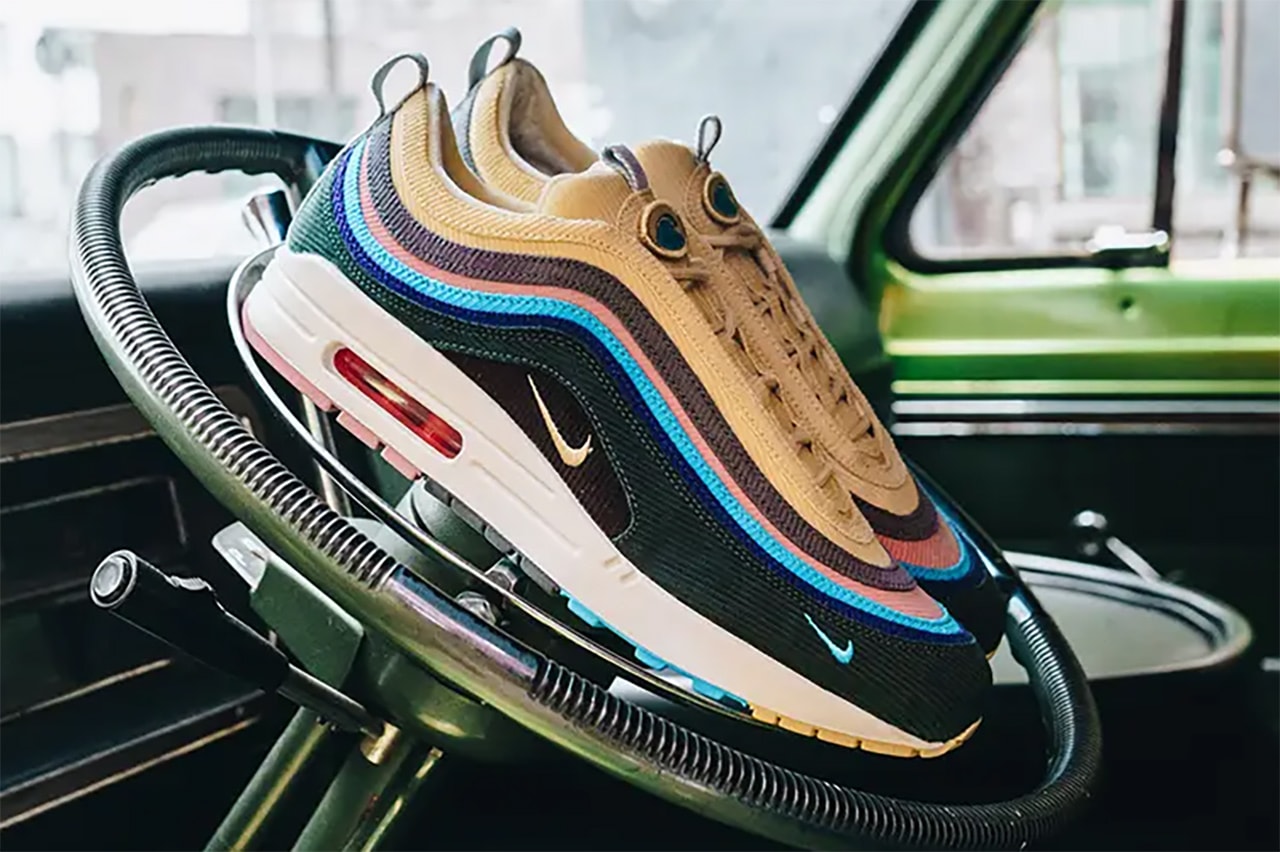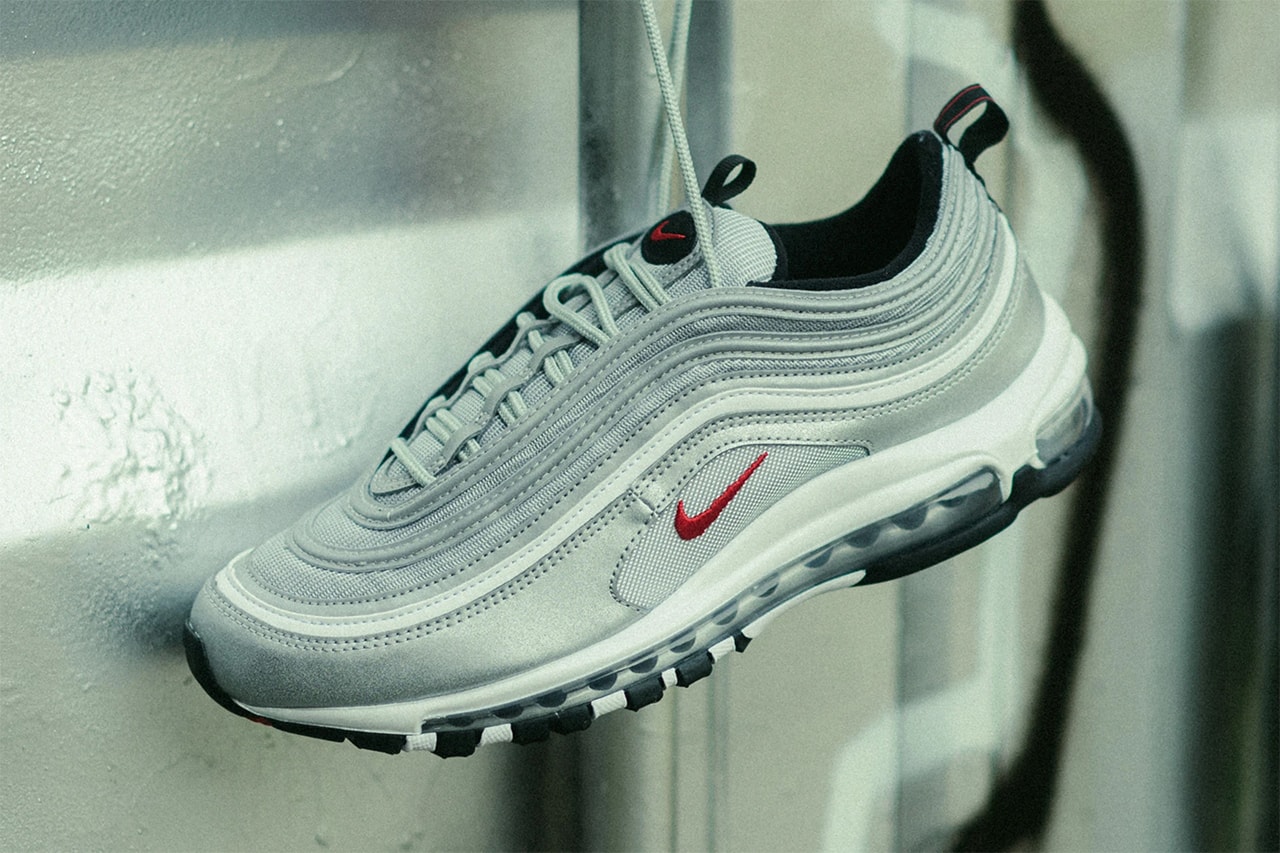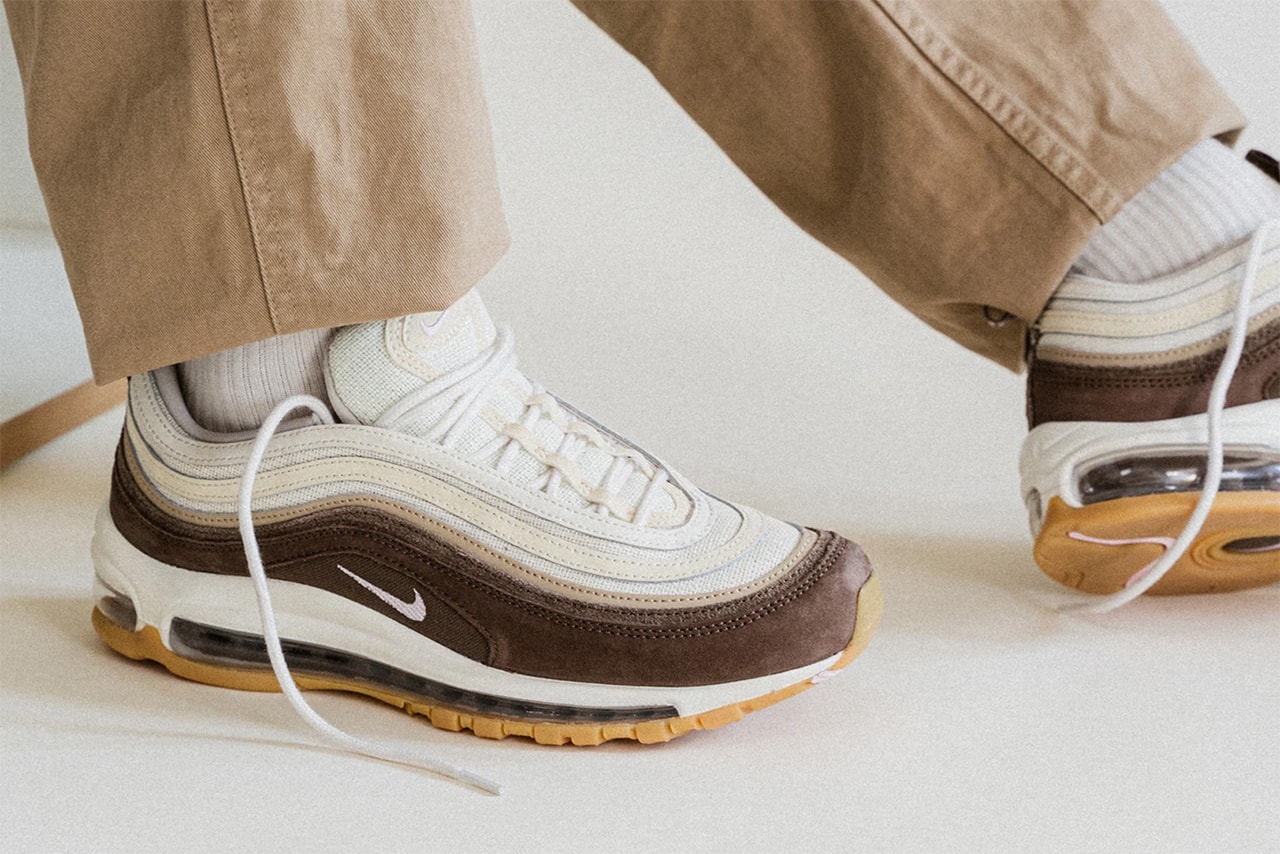Here's a mind-blowing fact: 1997 happened over 20 years ago. Are you feeling old yet? Let me set the scene for you. In 1997, the film Titanic had just been released, and Whitney Houston's "My Heart Will Go On" was annoyingly ringing in the ears of everybody and their mom. The Teletubbies hit the scene hard, and the very first Harry Potter book was just released. 1997 also marks the birth year of one of our favorite sneakers, the Nike Air Max 97. Two years earlier, Nike released the Air Max 95 with the intention of shifting the then basketball sneaker dominated market back to performance running shoes. The Air Max 95 was a unique approach to runner cushioning by being the first-ever shoe to feature the visible air unit in the forefoot. It was also the first Air Max model to have a black midsole. The shoe became a sensation in Japan and Europe, and Nike couldn't keep up with the demand. Perhaps that's one of the reasons why the Air Max 96 is so unpopular. All the promotion and advertisement for the 96 was drowned out by the wild success of its predecessor.
 |
| Sean Wotherspoon x Nike Air Max 97 |
By the time 1997 rolled around, both Sergio Lozano and Tinker Hatfield had left the Air Max series to focus on other Nike flagship designs. The man they left in charge of our beloved Air Max line was the highly talented young X Reebok employee Christian Tresser. In the book "Lee Silver: A History of the Air Max 97," Tresser talks about the pressure he was under to deliver a seminal design for Nike. When the 97 arrived on my desk, it had already been through two designers before me. The message I was given was this shoe is going to make a career, don't blow it.
Ever since the debut of the Air Max 1, Nike's legendary lion had raised expectations in more ways than one. They had brought the runners category to brand new heights. Rather than sitting on retail shelves as niche purchases, running shoes were absorbed by the general public. Nike's marketing showed the world that their shoes were never just shoes; they were world legends. War runners were them, the celebrities were them too. Every time Nike released Air Max, it was remarkable, but they also put a feverish note of anticipation on every release. Nike designers weren't just expected to release innovative runners; they were expected to outdo their own efforts on a consistent and unending basis.
 |
| Nike Air Max 97 Silver Bullet |
With all this pressure that Nike was putting on Christian Tresser, he worked hard on the shoe, having to work around a brand new total air version of the visible air unit that spanned the length of the entire midsole. Something completely new and challenging to implement into the design. Now you have to keep in mind that in 1997, the world was on the verge of entering a new millennium. Everyone was looking ahead in both technology and design. The futuristic sounding year of 2000 was right around the corner. This optimistic futurism pervaded both industrial and fashion design, with sleek curves and metallic chrome accents dominating everything from cars to CD players, mountain bikes, and of course, sneakers. Christian Tresser took all these influences and used them as inspiration. Tresser's genius allowed him to combine the futuristic elements with things in nature like the ripple of waves on a pond or a raindrop.
 |
| Nike Air Max 97 Muslin Pink Foam |
When you look at the Air Max 97, the design flows from a seamless yet powerful motion of water, a nod to silver bullet trains inspires its beloved metallic finish and conjures up images of the future and the past.
